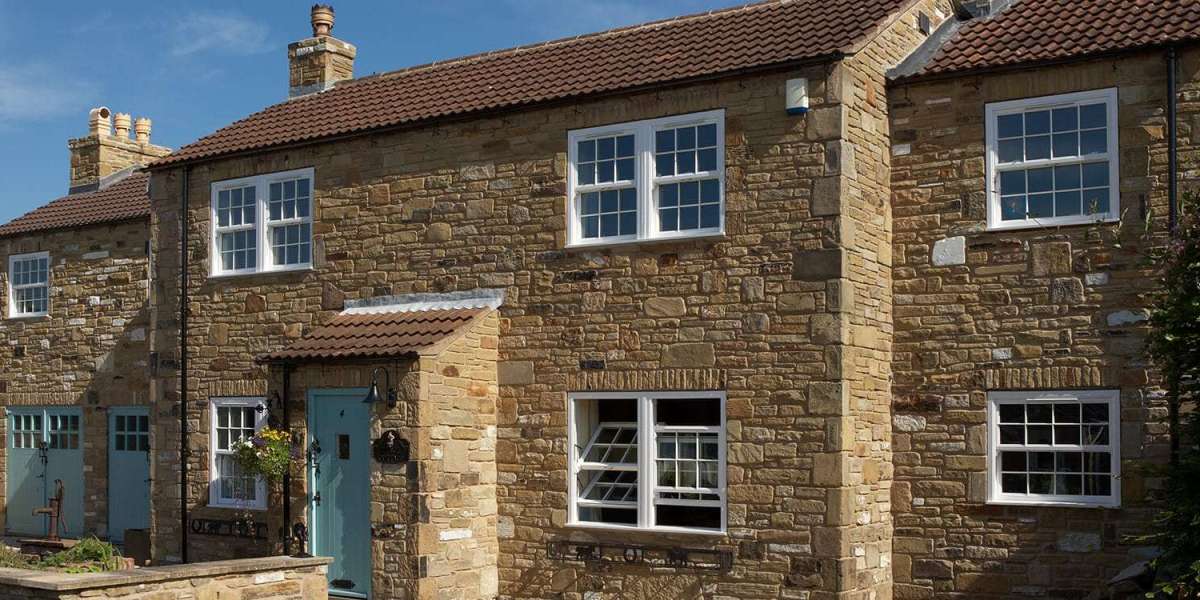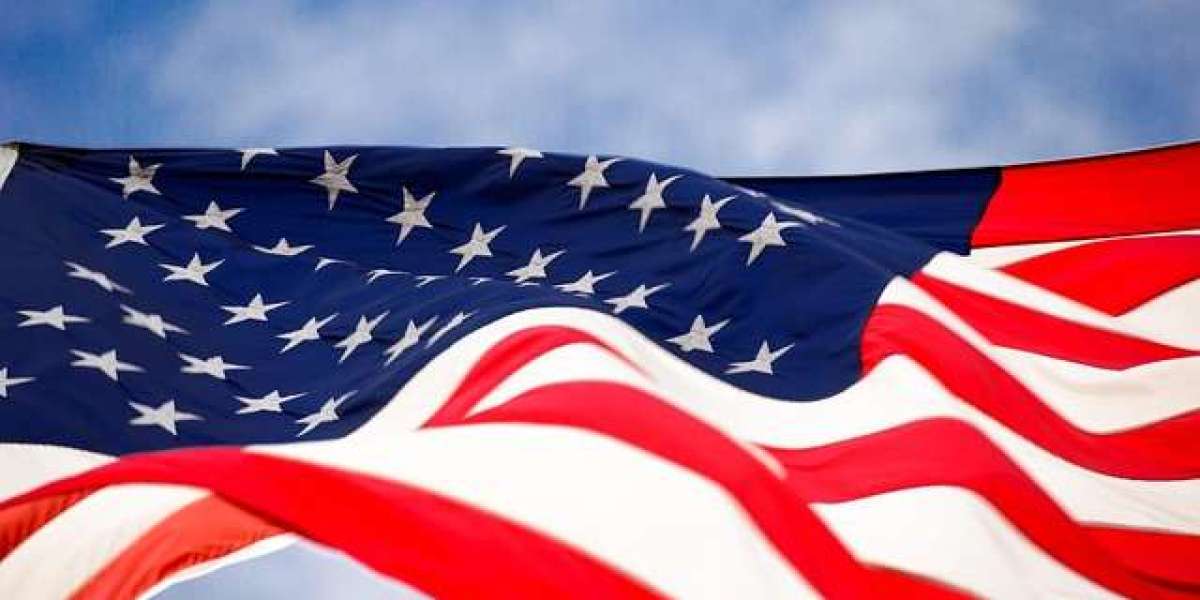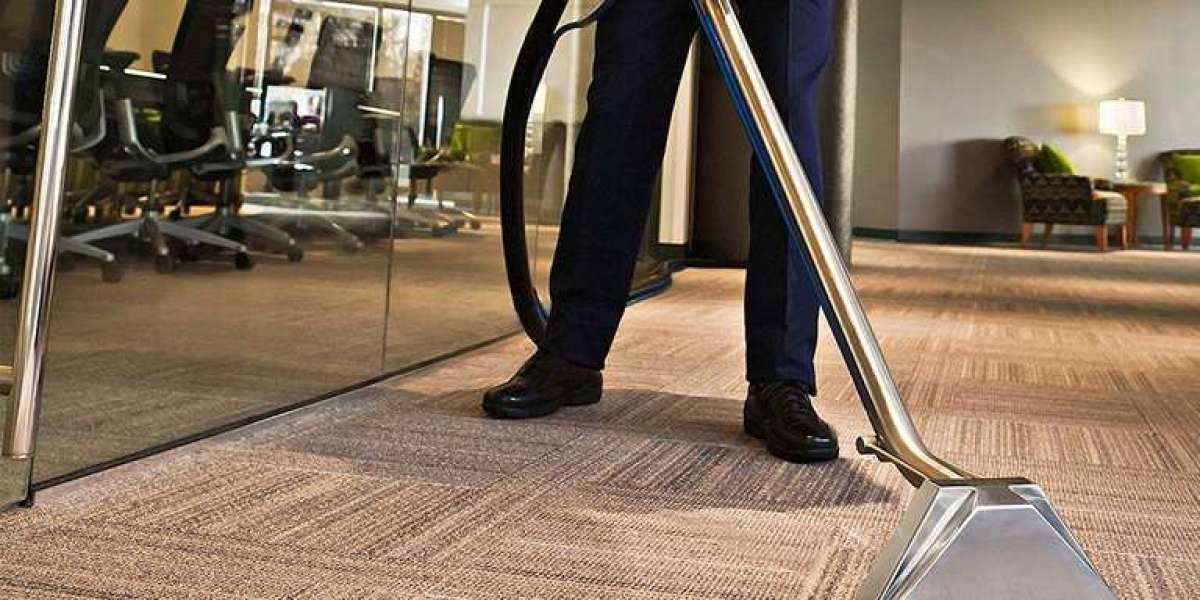UPVC (Unplasticized Polyvinyl Chloride) windows have gained immense popularity in recent years as a preferred choice for residential and commercial buildings. This article delves into the properties, advantages, applications, and future trends of UPVC windows, providing a comprehensive overview of why they are becoming a staple in modern architecture.
Properties of UPVC Windows
UPVC is a rigid form of polyvinyl chloride that has been modified to enhance its durability and performance. Unlike standard PVC, UPVC does not contain plasticizers, which makes it more stable and resistant to environmental factors. The key properties that make UPVC windows an attractive option include:

- Durability: UPVC windows are highly resistant to rot, corrosion, and fading. They can withstand extreme weather conditions, including heavy rain, snow, and UV radiation, making them ideal for various climates.
- Energy Efficiency: UPVC windows are designed with multi-chambered profiles that provide excellent thermal insulation. This helps in reducing energy consumption for heating and cooling, leading to lower utility bills and a reduced carbon footprint.
- Low Maintenance: Unlike wooden windows that require regular painting and sealing, UPVC windows are virtually maintenance-free. A simple wash with soap and water is usually sufficient to keep them looking new.
- Sound Insulation: The dense structure of UPVC, combined with double or triple glazing options, provides effective sound insulation, making them suitable for homes in noisy urban environments.
- Aesthetic Versatility: UPVC windows are available in a wide range of colors, styles, and finishes, allowing homeowners to choose options that complement their architectural design.
Advantages of UPVC Windows
The advantages of UPVC windows extend beyond their physical properties. Some of the most significant benefits include:
- Cost-Effectiveness: While the initial cost of UPVC windows may be higher than traditional materials like wood or aluminum, their longevity and low maintenance requirements make them a cost-effective choice in the long run.
- Environmental Impact: UPVC is a recyclable material, and many manufacturers have adopted sustainable practices in their production processes. This contributes to the reduction of waste and promotes a circular economy.
- Security Features: UPVC windows can be fitted with advanced locking systems and reinforced frames, providing enhanced security for homes and businesses. This is an important consideration for property owners concerned about break-ins.
- Customization Options: UPVC windows can be tailored to fit specific dimensions and design preferences. This flexibility allows for creative architectural solutions and ensures a perfect fit for any space.
- Resistance to Pests: Unlike wooden windows, UPVC is not susceptible to termites or other wood-boring insects, making it a more durable choice in areas prone to pest infestations.
Applications of UPVC Windows
UPVC windows are versatile and can be used in various applications, including:
- Residential Buildings: Many homeowners opt for UPVC windows due to their energy efficiency and aesthetic appeal. They are commonly used in new constructions, renovations, and replacements.
- Commercial Buildings: UPVC windows are increasingly being used in commercial properties, including offices, retail spaces, and hotels, where energy efficiency and low maintenance are essential.
- Public Infrastructure: Schools, hospitals, and government buildings benefit from the durability and security of UPVC windows, making them a preferred choice for https://stevenagetowncentre.com/events/armed-forces-day-1/ public infrastructure projects.
- High-Rise Buildings: The lightweight nature of UPVC makes it suitable for high-rise constructions, where heavy materials may pose challenges during installation.
Future Trends in UPVC Windows
As technology and consumer preferences evolve, the UPVC window industry is likely to witness several trends in the coming years:
- Smart Technology Integration: The integration of smart technology into UPVC windows is on the rise. Features such as automated opening and closing, remote monitoring, and energy management systems are becoming more common.
- Sustainability Initiatives: With growing concerns about climate change, manufacturers are focusing on sustainable practices, including the use of recycled materials and eco-friendly production methods.
- Enhanced Aesthetic Options: The demand for more aesthetically pleasing designs is leading to innovations in UPVC window finishes, including wood-like textures and customizable colors.
- Improved Energy Efficiency Standards: As energy efficiency regulations become more stringent, UPVC window manufacturers are continuously improving their products to meet or exceed these standards.
- Increased Market Competition: The growing popularity of UPVC windows is attracting new players into the market, leading to increased competition and innovation. This may result in better pricing and improved product offerings for consumers.
Conclusion
UPVC windows represent a significant advancement in window technology, offering a combination of durability, energy efficiency, and aesthetic versatility. Their low maintenance requirements and cost-effectiveness make them a popular choice for both residential and commercial applications. As the industry continues to innovate and adapt to changing consumer demands, UPVC windows are likely to remain a leading option in modern architecture. With a focus on sustainability and smart technology integration, the future of UPVC windows looks promising, paving the way for a more energy-efficient and environmentally friendly building landscape.







